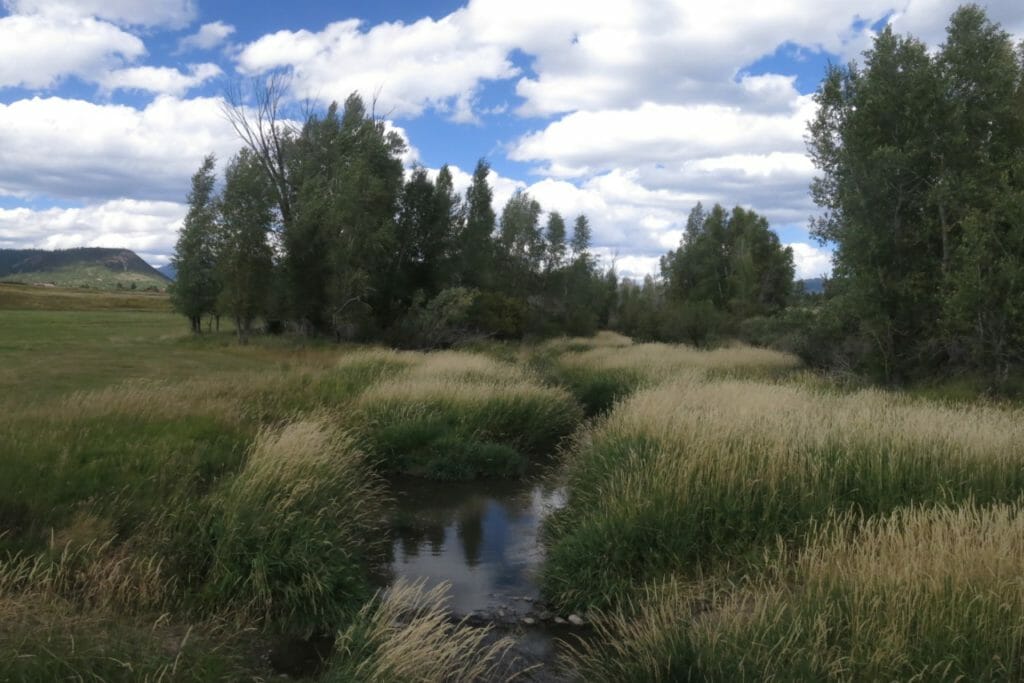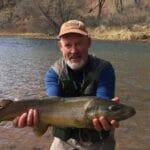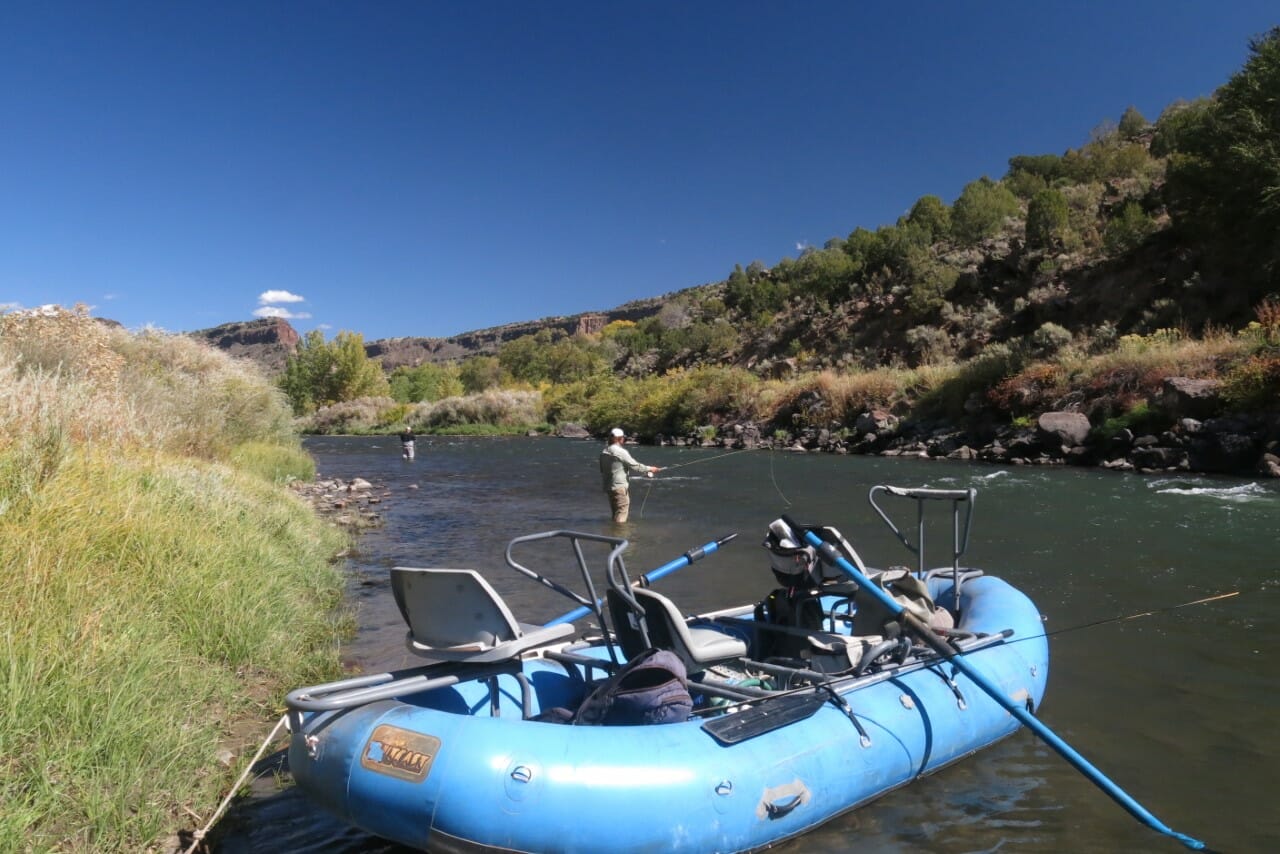I was driving home the other morning from my son’s school, where a prospective head of school had fielded questions from an auditorium full of parents. One father had asked how the candidate would promote critical thinking in an environment so well known for its “indoctrination” of our nation’s youth. He seemed to accept this reality, yet expressed hope that debate would be encouraged on controversial topics. One of them, no surprise, was climate change.
Dracula was on the radio (this was around Halloween), informing me of the “spooktacular” deals on Ford trucks or mattresses or some such. I had just turned a corner to face our Sangre de Cristo mountains, powdered lightly with snow under a pink-edged disk of cloud. Like green chile cheeseburgers or small New Mexico creeks, those mountains are fixtures in my world. On most days they appear as symbols of power, and I take pride in being humbled at their feet. On that morning in particular, I felt a certainty of their mortality as though they, and not I, were ephemeral.
I heard Dracula in my head, “Climate change is a political issue! Pebble Mine is happening! Steelhead and cutthroat – cutthroat, how I love that word – will be dead. Dead! Mwahahaha!”

Trout news this year has been worse than I expected. On two streams that we’re hoping to restore to complete cutthroat occupancy, electroshock surveys produced tons of browns and far fewer cutthroats. Pebble is still alive, and a key provision of the Clean Water Act, the Waters of the U.S. Rule, is under attack. And as California burns, many New Mexicans are promoting a hands-off “strategy” of letting fuel-loaded forests burn as they will, even if in catastrophic fashion. According to these folks, all we humans need to do is fire safe our homes and put an end to livestock grazing. Nature will take care of the rest.
For the first time ever, I’m taking seriously the possibility that trout — the animal that’s been my universe since the moment I first saw one — may go the way of the dodo for lack of a place to live. People joke that we can’t eat money, or breathe or drink it, as if the sheer obviousness of the statement will snap us out of our sleepwalking. But no, it’s money or stewardship, never both.
In times like these I’m grateful for the simple pursuit of our favorite fish and the religion-like aspects I’ve never been able to separate from it. Ritual in the casting stroke, the staring meditation after a fish has left one’s hand, the limitless faith in throwing feathered prayers upon the water.
As a former New Mexican Catholic and practicing angler, I have always possessed two mutually reinforcing types of faith. One says that God will provide. It doesn’t say what God will provide or when or how he/she will provide it, but somewhere down the road, something’s going to happen that will make me say, “See?” regardless of whether it makes any sense or serves my desires.
The other faith simply reveals fish where I least expect to see them. A trout flopping in an irrigated alfalfa field, the 27-inch brown trout in a jump-across creek so far from a large water body that the fish had to have grown in the beaver pond where I spotted it. Electroshocking small creeks is a lesson in fish appearing out of nothing. You pass a wand through inches-deep water, and fish boil up like sand.
I think faith grows stronger through stories that we’ve lived or like hearing. A tagged Chama brown trout shows up in downtown Espanola in the clay-choked Rio Grande 20 miles away. Where was that fish going, and where the heck else had it been? It’s the village of Questa, N.M., investing so much of itself in the re-creation of fishing as a source of economic activity, and in the preservation of the cutthroat trout as its cultural talisman from almost two centuries ago.
It’s my flies sinking into a deep green pool and my hope to see a fish, a shiny, perfect fish. It’s reminding myself that my faith is its own reward.
Toner Mitchell is TU’s water and habitat coordinator in New Mexico. He lives and works in Santa Fe.



